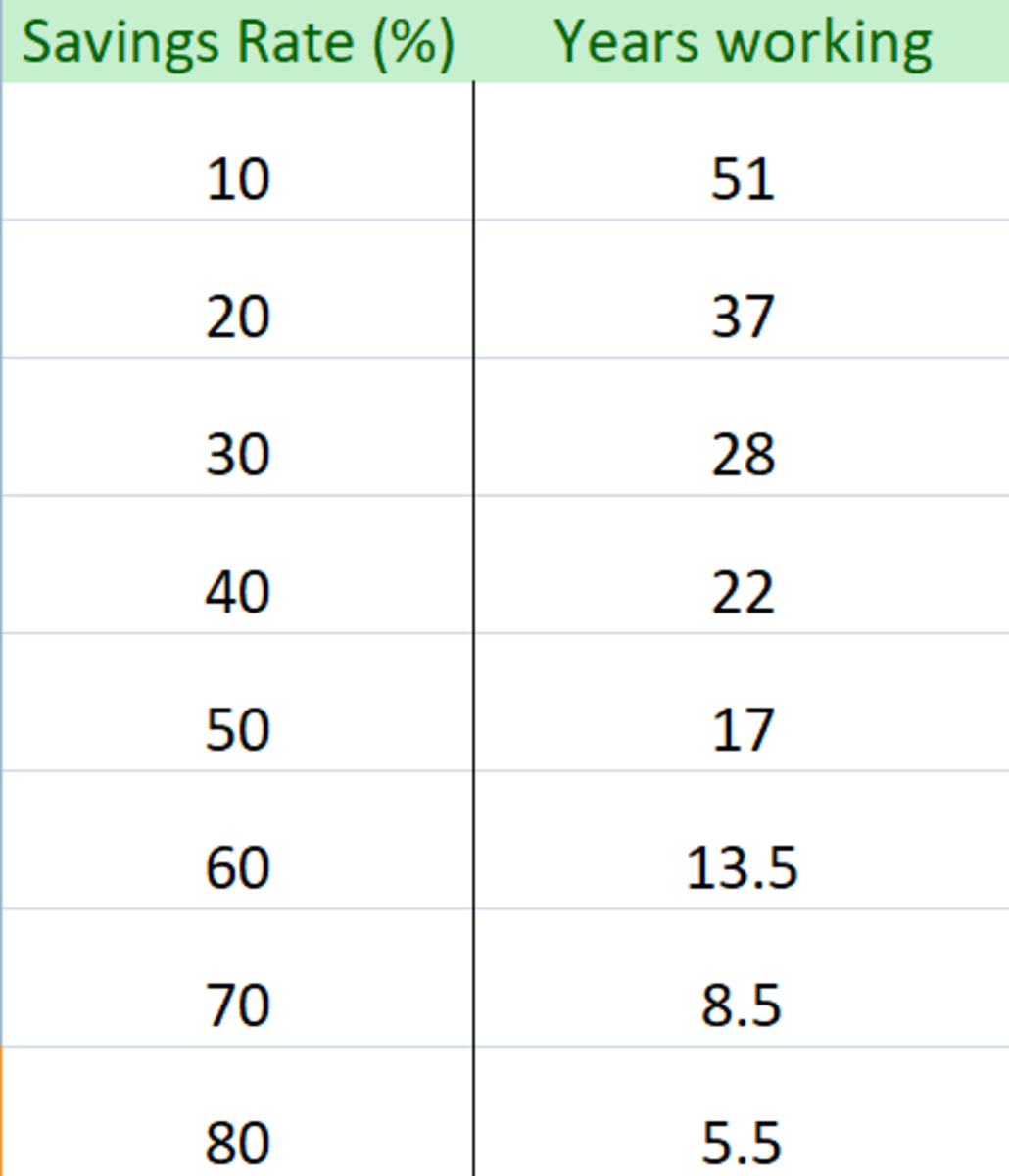True or False: Retirement

Retirement Thought Leadership: True or False?
Prospective thought leaders periodically engage in a recurring quest to find more effective ways to answer the questions of their target audience. One frequently overlooked strategy for accomplishing this is the use of true or false questions accompanied by detailed explanations for each answer. Using this format, the questions and answers shown below are designed to illustrate how individuals can do a better job of retirement planning.
Asking, 'Why?' is the key to everything. Question always. Answer the why.
— Vickie GouldRetirement Planning Topics Covered in True or False Statements Shown Below
- Buying a House
- Managing Credit Card Interest Rates
- Saving and Investing Regularly
- Reducing Debt
1 — True or False?
Building home equity always requires appreciation in value.
1. Buy a Home or Rent?
The decision to buy or rent a home often involves challenges such as accumulating a down payment and qualifying for a mortgage. For example, those who are currently self-employed or already retired frequently encounter challenges in obtaining a traditional mortgage.
The recent homeownership rate in the United States is about 64 percent — this means that slightly more than a third of Americans do not own their home. On a regional basis, the South and Midwest have the highest rates (66 to 68 percent) and the West and Northeast have the lowest rate of homeownership (60 to 61 percent). In this example, homeowners include both those who have paid off their mortgage as well as individuals with a current mortgage.
For those who own their home, equity represents the difference between current value and the amount owed on the mortgage. If a home is valued at $300,000 and the mortgage balance is $200,000, the equity ownership position is $100,000. While equity can increase when a house appreciates in value, it can also increase as a mortgage is gradually paid off to zero. This is important to remember because there will always be periods when appreciation rates slow down or go negative — the 2008-2012 period is a prime example. Even when the rate of home appreciation is fluctuating, making monthly payments is a forced saving strategy that will also build equity as mortgage debt shrinks to zero.
The answer to the first true-false question: false.
2 — True or False?
The average interest rate for credit cards is 12 percent.
2. Keep Credit Card Rates Under Control
The total amount of credit card debt keeps on growing and reached a record level (about $3 trillion) in early 2020. The use of credit cards has become almost mandatory in an increasingly cashless society — especially for online purchases.
Since credit card issuers often provide new cards without charging an annual fee, the interest charged for unpaid balances represents the primary way that a card issuer makes money. In order to “help” borrowers, these companies usually make it easy to transfer balances from other credit cards — sometimes with introductory rates as low as 0 percent for a few months. However, the higher resulting balance eventually reaches a level that is much more difficult to pay off quickly and interest charges can begin to accumulate.
In a current borrowing environment that has reduced many mortgage rates to 3-4 percent, the average credit card interest rate is now 19 percent — with many charging 25 percent and higher. When homeowners refinance their mortgage, it is not unusual to use a portion of refinancing proceeds to pay off credit card balances. However, an alternative and prudent retirement planning strategy is to keep revolving credit card balances at zero (avoiding interest charges altogether).
The answer to the second true-false question: false.

3 — True or False?
About half of Americans have $5,000 or less saved for retirement.
3. Invest and Save on a Regular Basis
Saving and investing for retirement often competes with other financial priorities such as paying off student debt, adding to a college fund, buying a car, meeting multiple monthly obligations and raising a family. With this ongoing competition for where each month’s paycheck goes, one of the consistently reliable retirement planning solutions involves forced savings. Examples include Social Security, 401k contributions, monthly mortgage payments and automatic payroll deductions to an investment fund.
For many individuals, retirement savings will often need to last for 2-3 decades after official retirement begins. For those who are currently 65 years old, it is estimated that about one-fourth will live another 25 years. One of the most striking statistics involves how few individuals have made substantial progress in accumulating savings for retirement. The portion of Americans that have saved $5,000 or less now totals 53 percent — and almost half of this group does not have any savings at all.
The answer to the third true-false question: true.
4 — True or False?
About 67 percent of millennials have debt obligations.
4. Reduce Debt to Zero
Reducing debt has multiple benefits that include eliminating interest payments and freeing up capital for other needs such as saving for retirement. For example, the average unpaid credit card balance (about $8,500) results in an annual cost of $1,600 to $2,125 with interest rates ranging from the average of 19 percent to 25 percent.
Reducing mortgage debt to zero will produce an even bigger source of capital for future retirement planning. In addition to paying off the mortgage in 30 years or so with a traditional mortgage, individuals should consider shorter mortgage terms such as 15 years. This will reduce interest costs while eliminating mortgage debt in half the time.
Millennials (born between 1981-1996) are frequently described as using less debt than previous generations. However, about two-thirds currently have a variety of debt obligations that include student loans. Rising debt levels have often caused millennials (24-39 years old) to delay home purchases and marriage. During the past 25 years, the net worth of millennials has declined by about 35 percent.
The answer to the fourth true-false question: true.
Retirement Planning Reminders
|
|---|
Never Forget: Retirement Planning Requires Long-Term Vigilance
|
Monitor and Reduce Credit Card Balances Monthly
|
Create New Forced Saving Opportunities
|
Remember: Debt Reduction Is a Smart Way to Save for Retirement
|
Overcoming Thought Leadership Challenges
What I've come to know is that in life, it's not always the questions we ask, but rather our ability to hear the answers that truly enriches our understanding. Never, never stop learning.
— Lester Holt
This article is accurate and true to the best of the author’s knowledge. Content is for informational or entertainment purposes only and does not substitute for personal counsel or professional advice in business, financial, legal, or technical matters.
© 2020 Stephen Bush








